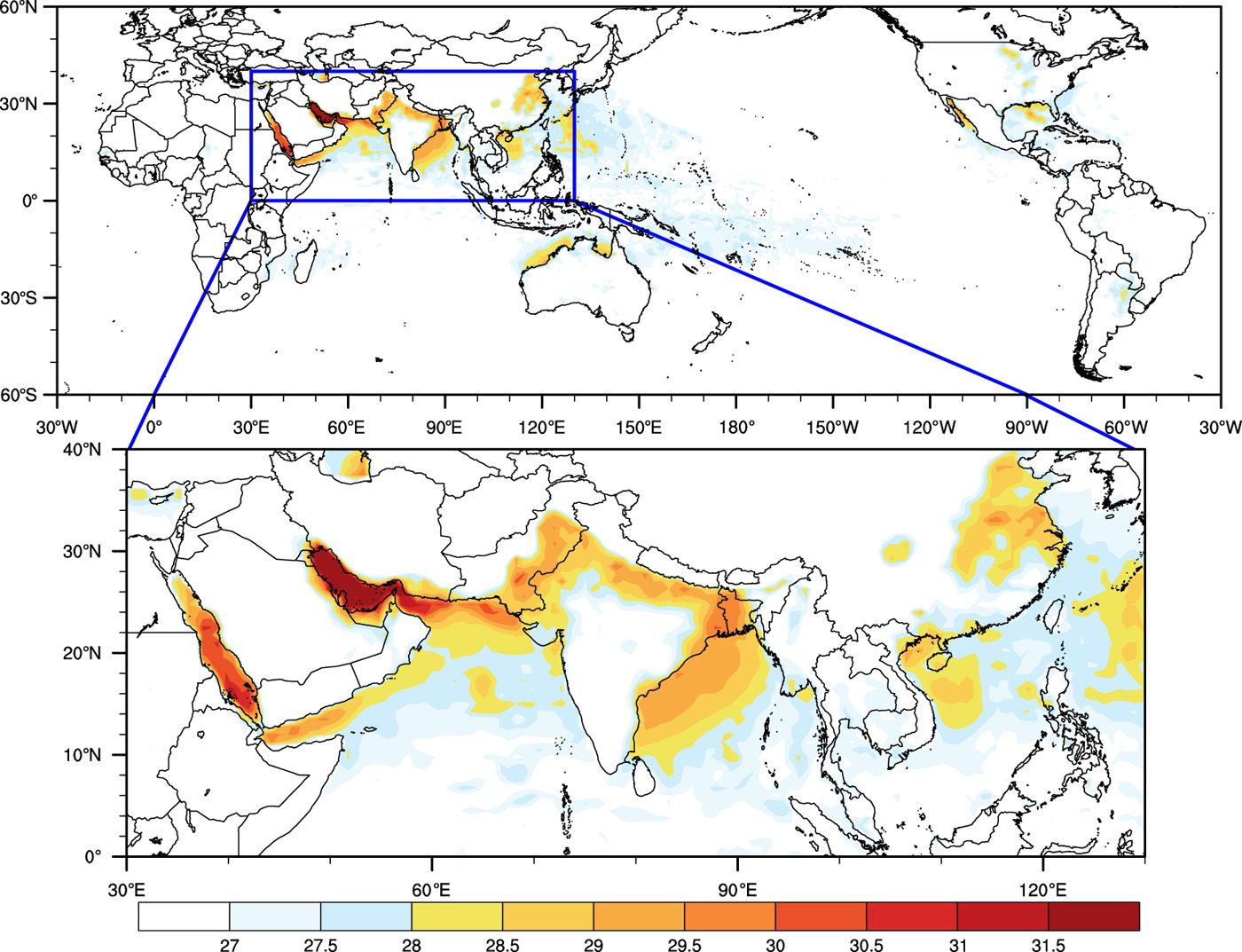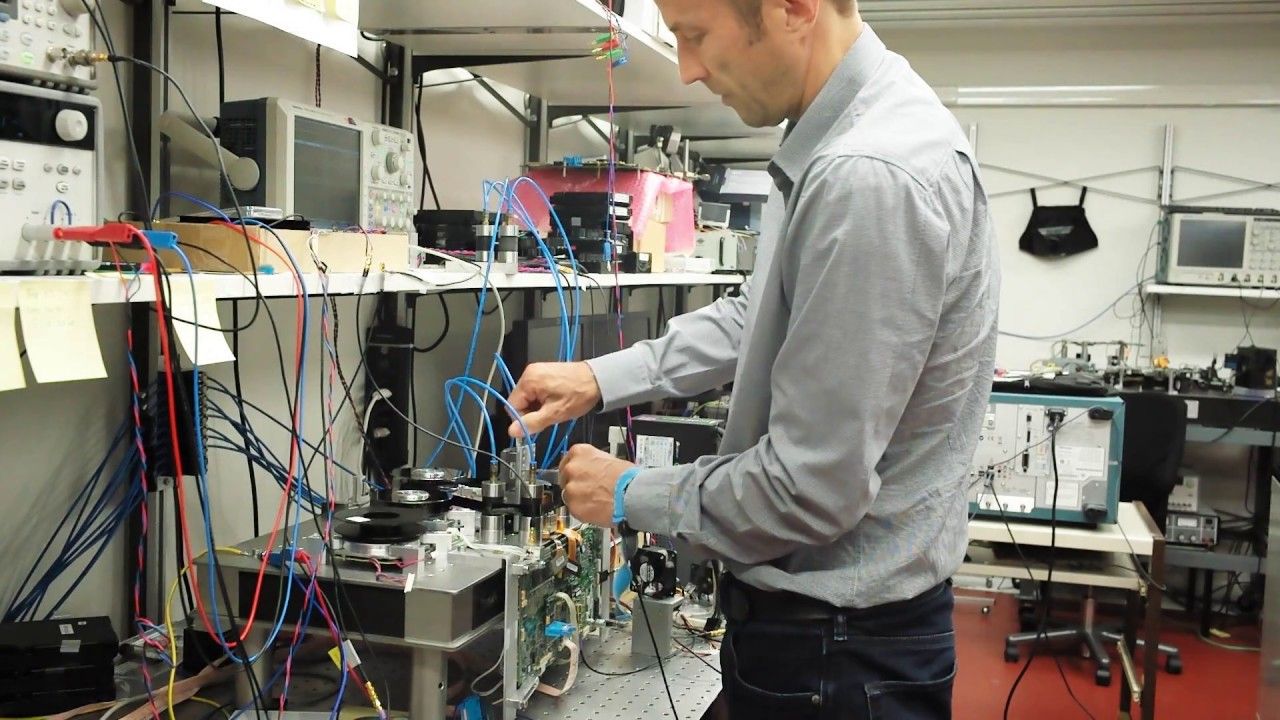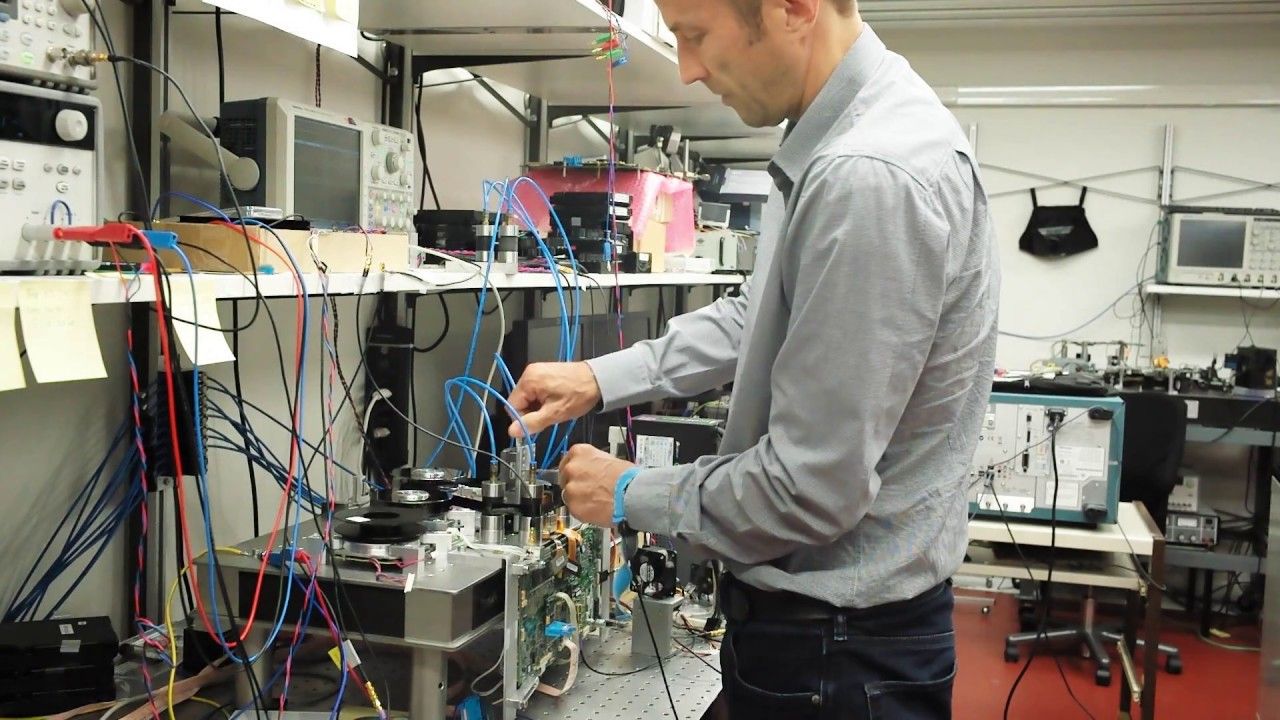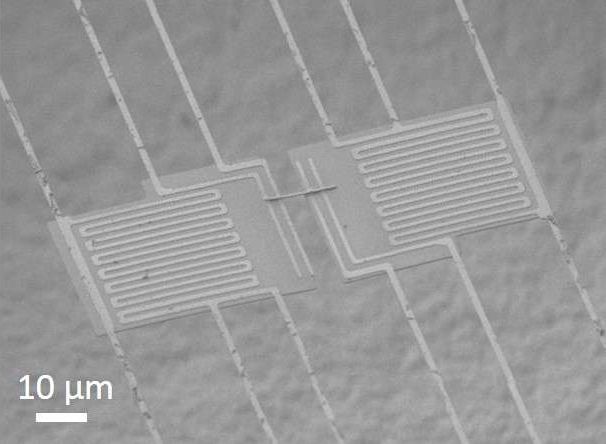Aug 2, 2017
Deadly heat waves projected in the densely populated agricultural regions of South Asia
Posted by Aleksandar Vukovic in categories: biotech/medical, business, food, neuroscience, sustainability
The risk associated with any climate change impact reflects intensity of natural hazard and level of human vulnerability. Previous work has shown that a wet-bulb temperature of 35°C can be considered an upper limit on human survivability. On the basis of an ensemble of high-resolution climate change simulations. we project that extremes of wet-bulb temperature in South Asia are likely to approach and. in a few locations. exceed this critical threshold by the late 21st century under the business-as-usual scenario of future greenhouse gas emissions. The most intense hazard from extreme future heat waves is concentrated around densely populated agricultural regions of the Ganges and Indus river basins. Climate change. without mitigation. presents a serious and unique risk in South Asia. a region inhabited by about one-fifth of the global human population. due to an unprecedented combination of severe natural hazard and acute vulnerability.
The risk of human illness and mortality increases in hot and humid weather associated with heat waves. Sherwood and Huber proposed the concept of a human survivability threshold based on wet-bulb temperature (TW). TW is defined as the temperature that an air parcel would attain if cooled at constant pressure by evaporating water within it until saturation. It is a combined measure of temperature [that is. dry-bulb temperature (T)] and humidity (Q) that is always less than or equal to T. High values of TW imply hot and humid conditions and vice versa. The increase in TW reduces the differential between human body skin temperature and the inner temperature of the human body. which reduces the human body’s ability to cool itself. Because normal human body temperature is maintained within a very narrow limit of ±1°C. disruption of the body’s ability to regulate temperature can immediately impair physical and cognitive functions.


















